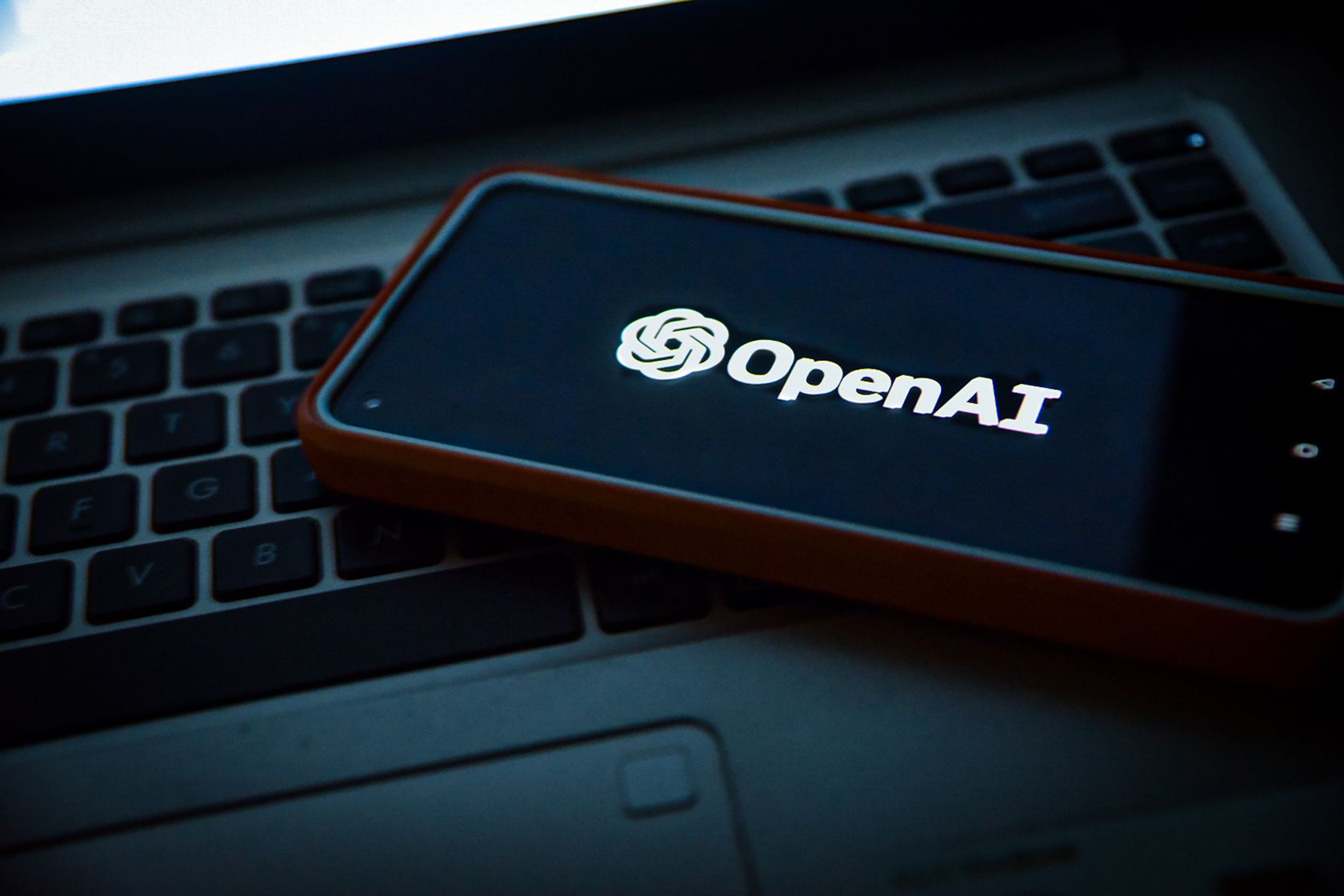Quick Links
GPT-4 is here!OpenAI's latest language model, which powers ChatGPT and other applications, is multimodal, can perform multiple tasks simultaneously, and is more likely to provide factual responses. OpenAI is also highlighting its safety and accuracy and ability to reduce the likelihood of producing disallowed content. GPT-4 is now accessible through ChatGPT Plus and will be available via API for developers. It's also been integrated into products by Duolingo, Stripe, Khan Academy, and Microsoft's Bing.Here's everything you need to know about this big update.Read: How Microsoft made Bing and Edge work like ChatGPT






What is GPT-4?
GPT-4 is the latest and most advanced version of OpenAI's large language model, which powers the AI chatbot ChatGPT, as well as other applications.
If you've used ChatGPT, you may be familiar with GPT-3.5, the previous version of this machine learning technology. GPT-4 is a newer multimodal system that processes various types of input, including video, audio, images, and text, and can potentially generate video and audio content. It's been trained using human feedback, making it more advanced than its predecessor. By comparison, GPT-3.5 processes plain text input and produces natural language text and code output.
GPT-4 can't yet produce media from text, but it is capable of accepting visual inputs, such as images of graphs or worksheets, which is a significant improvement from the previous model. The ability to process image inputs is still in development, and the company has stated that it is collaborating with a single partner to further develop this capability. OpenAI has not yet provided a timeline for when this feature will be available to the general public.
Still, the multimodal capability of GPT-4 can enhance AI chatbots. GPT-4 can perform multiple tasks simultaneously and is 40% more likely to provide factual responses, making it a more useful tool for applications that rely on factual information, such as search engines.
GPT-4 is currently accessible through ChatGPT Plus, and Microsoft has said it's begun integrating GPT-4 experiences into Bing.
How is GPT-4 different from GPT-3 and 3.5?
Here are the new features that differentiate GPT-4 from its predecessors:
- Multimodal input and output: GPT-4's ability to process different types of input and output can be a game-changer for AI chatbots like ChatGPT. For example, it could potentially allow chatbots to respond with videos or images instead of just text, which could improve the user experience and make interactions more engaging. But this feature is limited and still in development.
- Increased capacity for multiple tasks: With its increased capacity for performing multiple tasks simultaneously, GPT-4 could potentially streamline and speed up processes for businesses and organisations that rely on AI technology. For instance, GPT-4 could be used to automate customer service inquiries and handle multiple inquiries at once.
- Improved accuracy: The increased accuracy of GPT-4 can have significant implications for the reliability of information on the internet. Applications such as search engines that rely on GPT-4 could provide more accurate and reliable results, reducing the spread of misinformation and increasing user trust in these applications.
- Enhanced safety: OpenAI has worked for over six months to ensure that GPT-4 is safe by improving its monitoring framework and working with experts in sensitive fields such as medicine and geopolitics to ensure accurate and safe responses. In its announcement of GPT-4, OpenAI stressed that the system was “82 percent less likely to respond to requests for disallowed content and 40 percent more likely to produce factual responses than GPT-3.5."
It's important to note that while OpenAI said GPT-4 can parse both text and image input, it can currently only respond via text. In a blog post, OpenAI said the primary difference between GPT-4 and its predecessor GPT-3.5 is “subtle” in casual conversation. OpenAI CEO Sam Altman tweeted that GPT-4 “is still flawed, still limited” but that it also “still seems more impressive on first use than it does after you spend more time with it.”
Can you try GPT-4 now?
A GPT-4 has already been integrated into products by various companies, including Duolingo, Stripe, and Khan Academy. The new model is also accessible to the general public through ChatGPT Plus, which is OpenAI's $20 monthly subscription for ChatGPT. Finally, GPT-4 is also powering Microsoft's Bing chatbot.
Developers will have access to GPT-4 through its API. A waitlist was announced by OpenAI for GPT-4's API access, and it will begin admitting users in March 2023.
Want to know more about ChatGPT?
ChatGPT is an AI chatbot developed by OpenAI that allows you to have conversations with an AI-powered chatbot capable of generating human-like responses.
ChatGPT is built on OpenAI's large language model (LLM) called GPT-3 and GPT-3.5 (Generative Pre-trained Transformer 3). It offers users a wide range of applications, including language translation, content generation, and more. As for ChatGPT Plus, it is a premium version of ChatGPT that costs $20 per month and offers access to more advanced features, such as longer responses and the ability to generate more complex outputs.
You can learn more about ChatGPT from Pocket-lint's guide: What is ChatGPT and why should you care?

